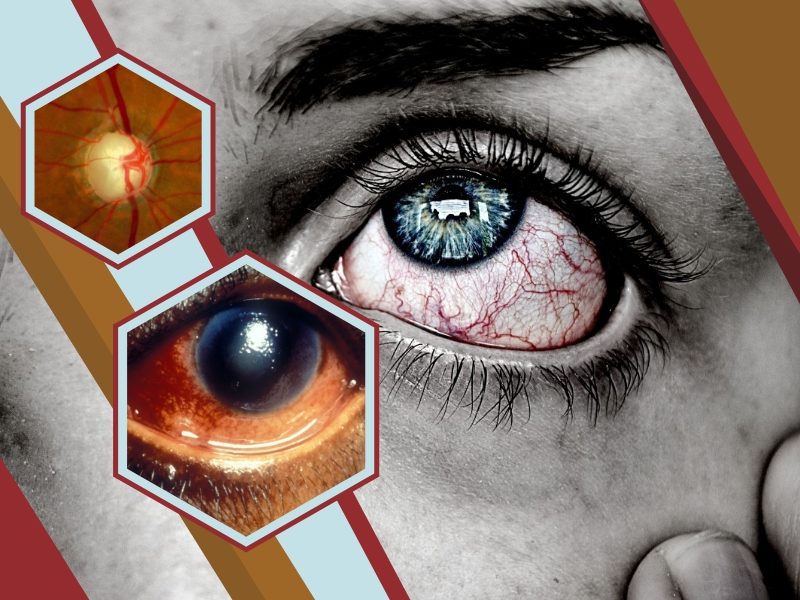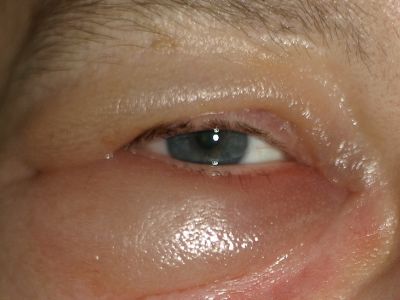Symptoms of Glaucoma

Symptoms of glaucoma may vary depending on the type of glaucoma a person has. Most people have open-angle glaucoma and angle-closure glaucoma, the most common types of glaucoma.
Glaucoma is an eye condition that damages the optic nerve. The damage is often caused by abnormally high pressure in your eye. Glaucoma is one of the leading causes of blindness for people over the age of 60. It can occur at any age but is more common in older adults.

Symptoms of Glaucoma
The signs and symptoms of glaucoma vary depending on the type and stage of your condition. For example:
- Tunnel vision in the advanced stages
- Patchy blind spots in your side or central vision, frequently in both eyes
Acute Angle-Closure Glaucoma
- Halos around lights
- Eye redness
- Severe headache
- Eye pain
- Nausea
- Vomiting
- Blurred vision
If glaucoma is left untreated, it will eventually cause blindness. Even with treatment, about 15% of people with glaucoma become blind in at least one eye within 20 years.
Who Are At Risk Of Having Glaucoma?
Chronic forms of glaucoma can destroy vision before any symptoms are apparent. Be aware of these risk factors:

- Taking corticosteroid medications, especially eyedrops, for a long time
- Being over age 60
- Being extremely nearsighted or farsighted
- Having a family history of glaucoma
- Having certain medical conditions, such as diabetes, heart disease, high blood pressure, and sickle cell anemia
- Having corneas that are thin in the center
- Having high internal eye pressure
- Having had an eye injury or certain types of eye surgery
How To Diagnose Glaucoma?
To diagnose glaucoma, your doctor will review your medical history and conduct a comprehensive eye examination. However, there are several tests including:
- Measuring corneal thickness (pachymetry)
- Inspecting the drainage angle (gonioscopy)
- Testing for optic nerve damage with a dilated eye examination and imaging tests
- Checking for areas of vision loss (visual field test)
- Measuring intraocular pressure (tonometry)
Treatment for Glaucoma
Treatment and regular checkups can help slow or prevent vision loss, especially if you catch the disease in its early stages.
Glaucoma is treated by lowering your eye pressure. Depending on your situation, your options may include prescription eye drops, oral medications, laser treatment, surgery, or a combination of any of these.
Some of the eye drop medication is absorbed into your bloodstream, you may experience some side effects unrelated to your eyes. To lessen this absorption, close your eyes for one to two minutes after putting the drops in.
If you have been prescribed multiple eye drops or you need to use artificial tears, space them out so that you are waiting at least five minutes in between types of drops. Ask your health care provider for proper instructions.



